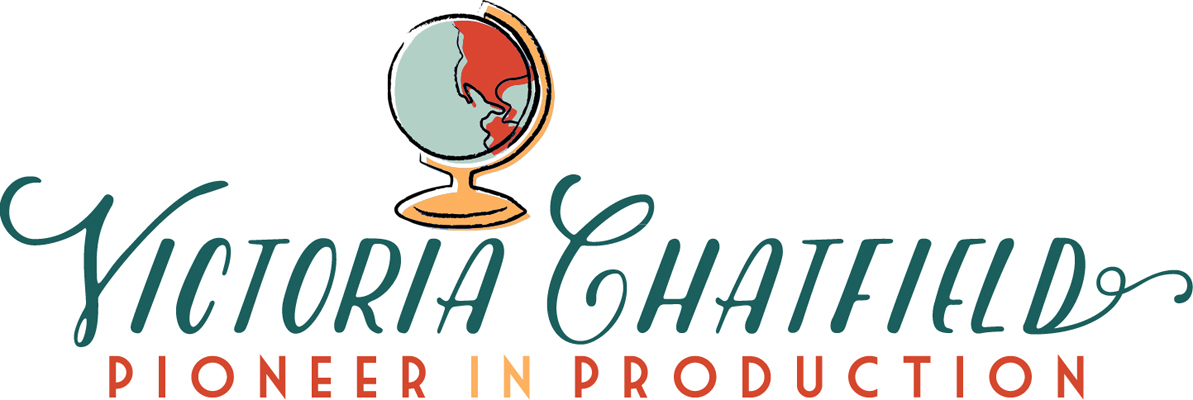
On to the "How To" . . .
So your students have completed their visual research. They've written their design concepts (or the rough drafts at least). Where do you go from here? This is my first year running design stations and, while there are still some kinks that need to be worked out, students have responded really well to having independent and differentiated work time. Basically, there's a sequence of activities that students in each "department" (set, costume, lighting, sound) need to work through in order to develop their final projects. Let's look at an example:
COSTUME DESIGN
Activity 1: Costume designers fill out an information sheet for each character in their scene. (If we met more often than once a week, I'd have students create an Elements and Principles Chart for each character -- identifying different design elements [lines, patterns, textures, shapes, colors, etc.] that match each character's personality and then defending why they chose those particular elements with text evidence.) The information sheet asks basic questions, including:
- Where is the character in this scene?
- What is the character doing in this scene?
- How is the character feeling in this scene? Why?

(Working on a makeup chart for Hamlet while using color theory/symbolism -- Help my students purchase makeup so that they can bring their designs to life this spring!)
This helps brings students back to the basics of the scene before they switch into "design-mode." If a character's standing outside in the middle of winter, then he's probably wearing a coat. If a character's attending a ball at the royal palace, then she probably won't be wearing a pair of skinny jeans. Students then use a color symbolism chart to identify three colors that they might want to incorporate into their designs. (They're also required to write one sentence that explains their reason for choosing each color.)

(Students write out possible sound cues on small Post-It notes and insert them into their scripts. When they're finished, they're able to go online and start browsing a royalty-free sound effects library.)
Activity 2: Costume designers receive copies of pre-drawn croquis templates, onto which they sketch out the first drafts of their designs. (I usually start alternating independent work time with "talk time" around this point. This gives students a chance to silently focus on their own work AND share their designs with others. I've found that, for the most part, students are so invested in their art that they use this time to receive peer feedback and seek out new ways of collaborating. For instance, our makeup and costume designers sit at the same table. They'll often use this time to make sure that the costume/makeup palettes match.)
Last year, I taught students how to draw their own croquis -- but most of them became really discouraged and disengaged with the entire project. While our school has one of the best math departments in the country, I discovered that our students were lacking some fundamental ruler skills that made drawing proportionally-correct figures challenging. Therefore, I decided to save the "draw your own" lessons for students competing at Thespian Festival and just use the templates for in-class work.

(First draft: Set design rendering for Queen Gertrude's bedroom in Hamlet)
These two activities usually take around 3-4 weeks for students to complete. After they've cobbled together their first drafts, we do a peer review session where students look at all of the drafts assembled together as a unified concept and determine if they all belong in the same world. More on that step in the next "How To." For now, I'm including a PDF of the design station activities for each department so that you can get a better idea of what students are working on in my classroom.
NOTE: All of my color theory charts come from Paper Leaf. I've had their Elements of Design, Principles of Design, and Color Theory posters hanging on my classroom walls all year long. Students use them every single day, and they're aesthetically pleasing.






No comments